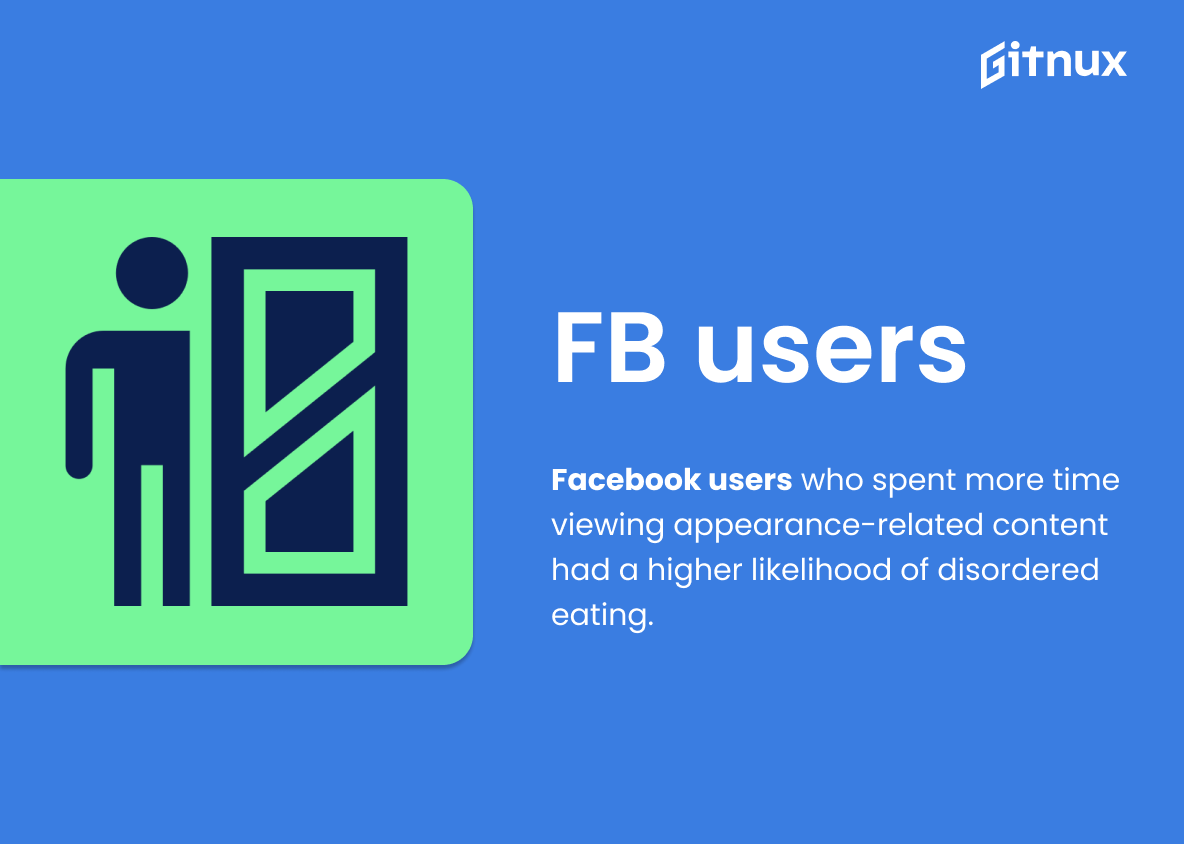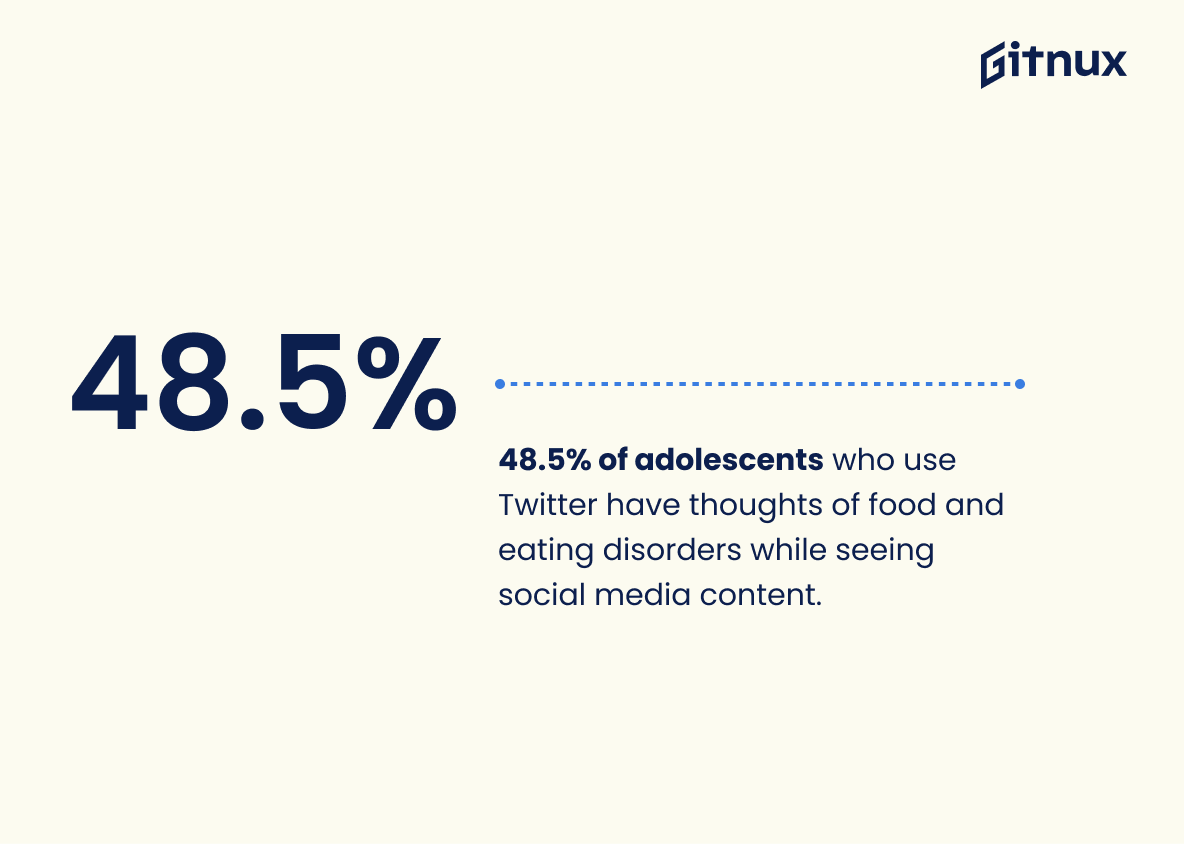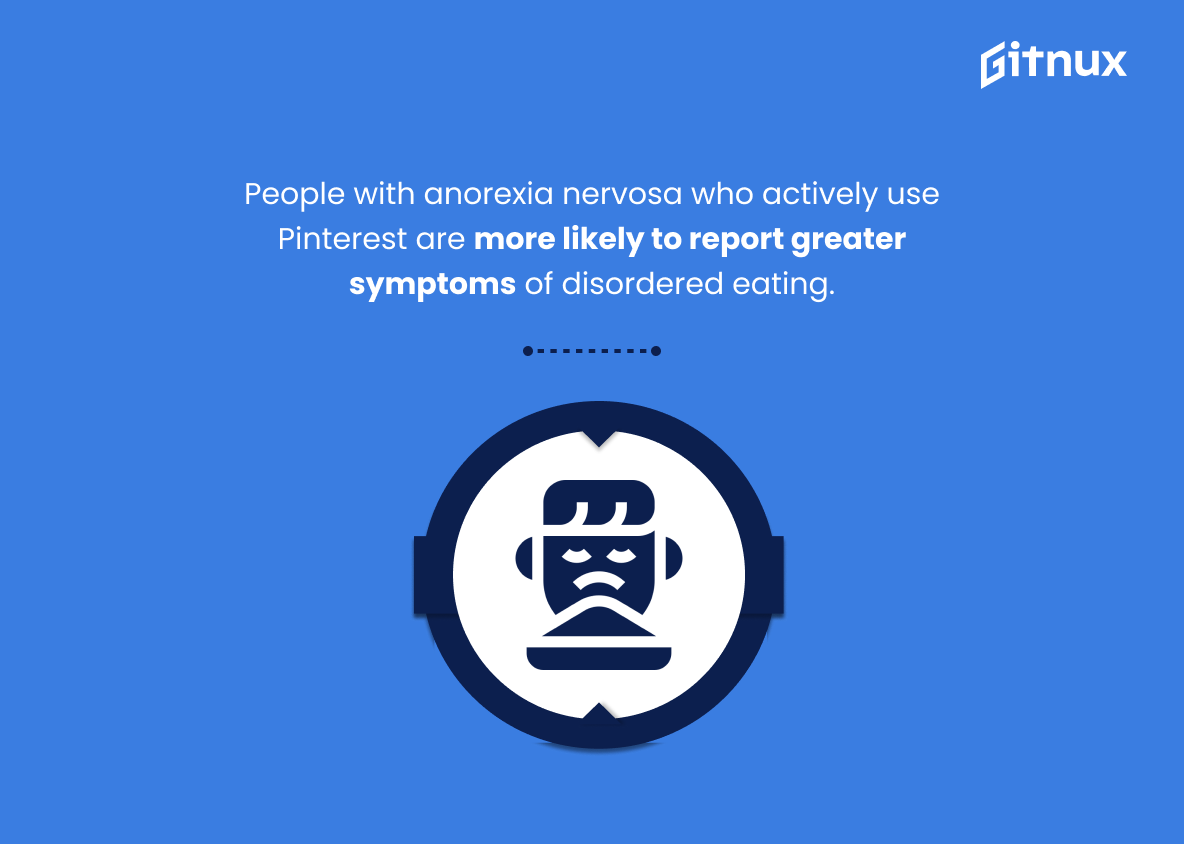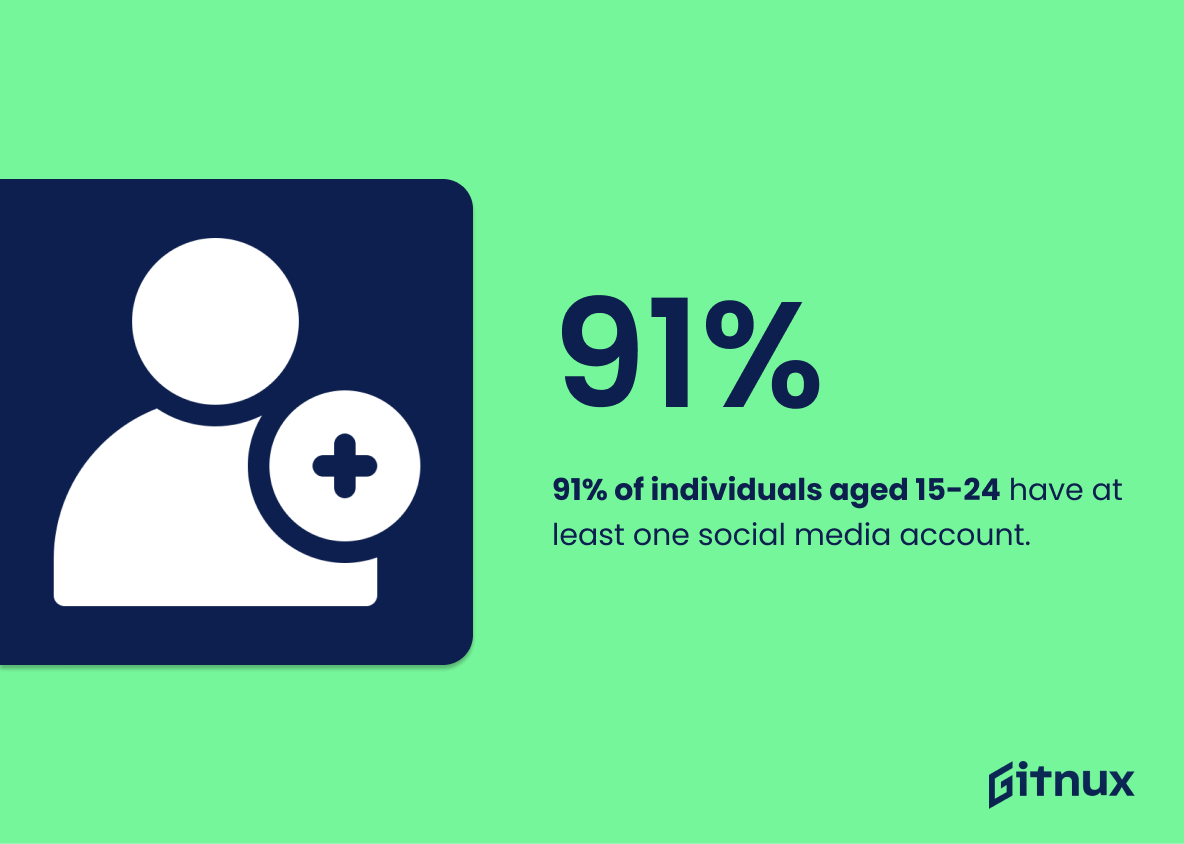The statistics surrounding social media and eating disorders are alarming. 95% of people with an eating disorder are between the ages of 12 and 25, according to a study by Walden Eating Disorders. 69% of girls aged 10-18 confirm that photographs of models and celebrities on social media inspired their desired body shape, as reported in Mirror Mirror’s research. Approximately 40% of people with anorexia nervosa use social media to share their experiences and seek support, per JAMA Network’s findings. 61.7% of adolescents report that social media has impacted their body image negatively, based on data from NCBI PMC Journals’ article about adolescent health behaviors related to digital technology usage patterns among US high school students in 2019–2020 academic year. There has been a 113% increase in hospitalizations for eating disorders in teenagers over the last decade; this increase is linked to the rise of social media according to Science Of EDS’s blog post “Social Media & Eating Disorders: What You Need To Know” published June 9th 2015 . Instagram users are 2.3 times more likely than non-users suffer from an eating disorder as stated by PubMed Central (PMC). 93
Social Media And Eating Disorders Statistics Overview
61.7% of adolescents report that social media has impacted their body image negatively
This statistic is a stark reminder of the power of social media to shape the way we view ourselves. It highlights the need for greater awareness of the potential risks of using social media, particularly for adolescents who are particularly vulnerable to the influence of social media on their body image. This statistic is an important factor to consider when discussing the link between social media and eating disorders, as it demonstrates the potential for social media to have a negative impact on body image.
Instagram users are 2.3 times more likely to suffer from an eating disorder than non-users
This statistic serves as a stark reminder of the potential dangers of using social media, particularly Instagram, when it comes to eating disorders. It highlights the need for greater awareness of the risks associated with using social media, and the importance of taking steps to protect oneself from the potential harms of overuse. By understanding the risks, individuals can make more informed decisions about their use of social media and take steps to protect their mental health.
32% of people with eating disorders feel that social media played a role in causing their condition
This statistic is a powerful reminder of the potential influence of social media on eating disorders. It highlights the need for further research into the relationship between social media and eating disorders, as well as the need for greater awareness of the potential risks of social media use. It also serves as a warning to those who may be vulnerable to developing an eating disorder, and to those who may be at risk of exacerbating an existing condition.
The hashtag #thinspiration (#thinspo) generates over 7 million search results on Instagram, promoting unhealthy body images and disordered eating behaviors
This statistic serves as a stark reminder of the prevalence of social media’s influence on unhealthy body images and disordered eating behaviors. With over 7 million search results, it is clear that #thinspo is a widely used hashtag, and its presence on Instagram is a testament to the power of social media in promoting these damaging behaviors.
57% of people aged 13-19 believe that ‘pro-ana’ websites should be banned to promote a healthier body image and prevent the promotion of eating disorders
This statistic is a powerful indicator of the impact that social media can have on young people’s body image and mental health. It shows that the majority of teenagers are aware of the dangers of pro-ana websites and the potential for them to encourage eating disorders. This statistic is a call to action for social media platforms to take responsibility for the content they host and to take steps to protect young people from the damaging effects of pro-ana websites.
Facebook users who spent more time viewing appearance-related content had a higher likelihood of disordered eating
This statistic is a stark reminder of the potential dangers of social media when it comes to eating disorders. It highlights the fact that spending too much time viewing appearance-related content on Facebook can lead to an increased risk of disordered eating. This is an important reminder that social media can have a powerful influence on our mental health and wellbeing, and that we should be mindful of how we use it.
20.8% of TikTok users who encountered eating disorder-related content reported developing unhealthy eating habits
This statistic is a stark reminder of the potential impact of social media on eating disorder-related content. It highlights the fact that exposure to such content can lead to the development of unhealthy eating habits, and thus serves as a warning to those who may be vulnerable to the influence of such content.
48.5% of adolescents who use Twitter have thoughts of food and eating disorders while seeing social media content
This statistic is a stark reminder of the potential impact of social media on adolescents’ mental health. It highlights the fact that seeing content on social media can have a significant influence on young people’s thoughts and feelings about food and eating disorders. This is an important issue to consider when discussing the relationship between social media and eating disorders.
22% of teenagers reported being upset at the portrayal of their body in photographs that were posted on social media
This statistic is a stark reminder of the power of social media to shape the way teenagers view their own bodies. It highlights the need for greater awareness of the potential for social media to contribute to the development of eating disorders, as well as the importance of providing support and resources to those affected.
People with anorexia nervosa who actively use Pinterest are more likely to report greater symptoms of disordered eating
This statistic is a powerful reminder of the potential influence of social media on individuals with anorexia nervosa. It highlights the need for greater awareness of the potential risks of using social media platforms, such as Pinterest, for those with eating disorders. It also serves as a warning to those who may be vulnerable to the effects of disordered eating, and encourages them to be mindful of their online activity.
91% of individuals aged 15-24 have at least one social media account, making them easily exposed to unhealthy body images and disordered eating behaviors
This statistic is a stark reminder of the prevalence of social media in the lives of young people, and the potential for it to have a negative impact on their mental health. It highlights the need for greater awareness of the dangers of social media, and the importance of educating young people about the potential risks of disordered eating behaviors and unhealthy body images.
Conclusion
The statistics presented in this blog post demonstrate the significant impact that social media has on eating disorders. From young girls being inspired by models and celebrities to college students viewing lifestyle influencers, it is clear that exposure to these platforms can lead to disordered eating behaviors. Additionally, hashtags such as #thinspo generate millions of search results promoting unhealthy body images and dieting habits. Social media users are more likely than non-users to suffer from anorexia nervosa or other types of eating disorders, with 91% of individuals aged 15-24 having at least one account making them easily exposed. It is evident that there needs to be greater awareness surrounding the dangers associated with using social media for those who may be vulnerable or susceptible towards developing an eating disorder.
References
0. – https://www.verywellmind.com
1. – https://www.waldeneatingdisorders.com
2. – https://www.priorygroup.com
3. – https://www.mirrormirror.org
4. – https://www.eatingdisorderhope.com
5. – https://www.healthyplace.com
6. – https://www.adiosbarbie.com
7. – https://www.ncbi.nlm.nih.gov
8. – https://www.pubmed.ncbi.nlm.nih.gov
9. – https://www.doi.org
ZipDo, cited June 2023: Social Media And Eating Disorders Statistics











